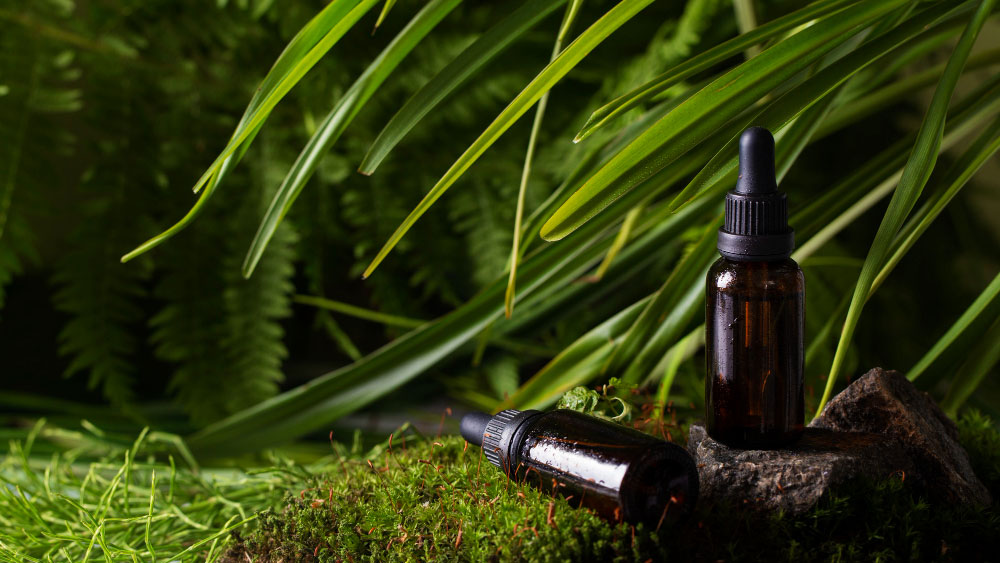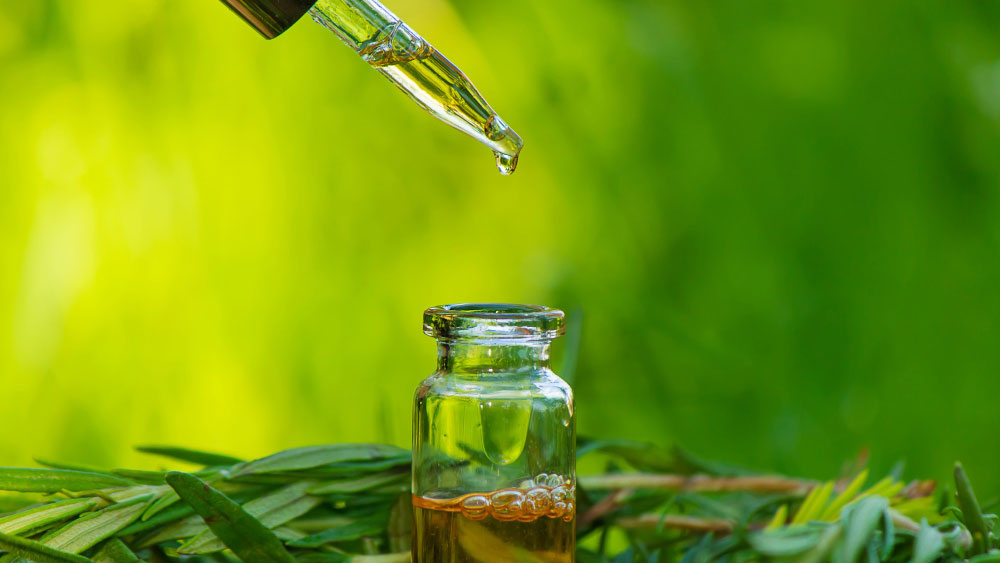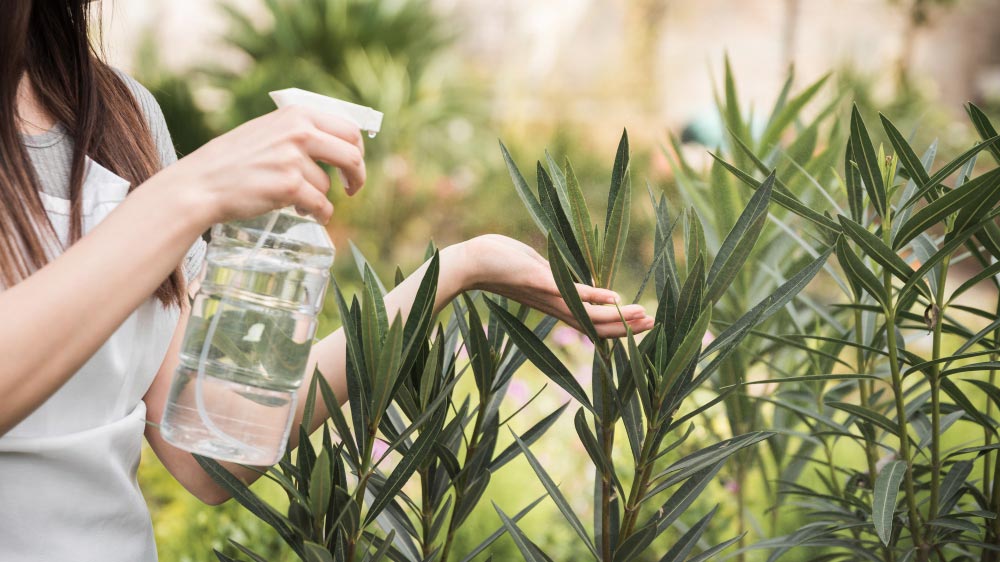How To Mix Neem Oil For Plants? – All You Need To Know

We love organic pest control methods as they are safe for us, our children, our pets, and the wildlife too.
Neem oil is a great, natural, non-toxic product that is useful in eradicating pests from your precious plants. It has gained popularity among organic planters for the past few years as it’s eco-friendly and breaks down quickly.
Neem oil is also inexpensive.
What Is Neem Oil?
Neem oil is extracted from neem seeds. They contain a substance called ‘Azadirachtin’. It can make some insects lose the instinct to feed, lay eggs, or reproduce.
It affects the hormonal system of pests. So, eventually, you can get rid of pests that are harmful to your plants. Plus, neem oil has a powerful scent, which is an insect repellent.
However as oil and water do not mix easily, we must know the correct strategies for combining these two. Diluted neem oil is non-toxic and safe to use around humans, birds, pets, mammals, and most wildlife when applied correctly (Always follow the instructions!).
Additionally, using neem concentrates should be used with extra caution around aquatic environments because they may be slightly toxic to fish and amphibians.
How To Mix Neem Oil For Indoor Plants
You may love indoor gardening, especially in the winter. But, sometimes you would get disappointed by the insect problem in your houseplants. You would love to use Neem oil for your indoors because it’s not an oil insecticide and doesn’t kill insects.
It is safe, but it may take days or weeks to eradicate the bugs. Plus, neem oil repels insects with its strong scent. Please remember that most people don’t like the strong smell of neem oil if you have never used it before.
But it will eventually go away when it dries up. Before you spray the neem oil mixture, you have to check whether the neem oil could harm the plants.
For that, first, spray the mixture into one or two leaves and keep it for a day or two. If it seems good, you can continue.
Let’s see how to do this:
- Mix 1.5 teaspoons of neem oil, and one teaspoon of liquid soap with 1 liter of lukewarm water.
- Shake the mixture well.
- Transfer the mixture to a spray bottle.
- Spray the neem mixture on both sides of the leaves and the whole plant.
- Keep the plant in direct sunlight until it completely dries up.
- Repeat it for a few weeks, as it will take some time to solve the problem.
How To Mix Neem Oil For Vegetables

If you have a pest problem that you even don’t know the name of, you can try neem oil first. Sometimes, it may be beneficial. Neem oil could be used for many pests like whiteflies, beetles, scales, spider mites, and moth larvae.
You have to mix two tablespoons of neem oil and one tablespoon of soap with one gallon of lukewarm water for your vegetable garden.
Using an oil spray bottle, you have to spray all the plant surfaces until it gets completely wet. You may wonder why we always mix soap with the neem oil solution.
Oil does not dissolve in water easily by itself; it applies to neem oil as well. Neem oil floats on the surface of the water. Because oil and water don’t mix easily.
An emulsifier like dish soap is essential to bond with the neem oil, which helps the neem oil molecules evenly distribute in the water.
Neem oil must therefore be thoroughly emulsified before being added to the water in your sprayer. It won’t mix well if the emulsion is not properly done. This decreases the spray’s effectiveness and raises the possibility of damaging the parts of the plants that receive a heavy dose of undiluted neem.
Also, neem that is too potent can burn the leaves.
How To Mix Neem Oil For Tomato Plants
Who doesn’t love shiny and juicy tomatoes? Well, everyone does.
Tomatoes are a delight to grow as well as a delight to eat. There are plenty of pests that can destroy tomatoes, but be careful about leaf-footed bugs. They can suck the juices on your tomatoes.
And it can cause discoloration of the plant. For this case, you can apply the neem oil solution. You can effectively defend your tomato plants from pests by soaking them in neem oil.
Make sure to combine 1 quart of water, 1 teaspoon of liquid dish soap, and 1 teaspoon of cold-pressed raw neem oil when making your soak.
Allow the mixture to soak in by pouring it over the soil surrounding your tomato plants. But it would only be beneficial at the nymph stage of these bugs. And be careful not to use it when the temperature is above 90.
It’s not suitable for your plant.
How To Apply Neem Oil For Roses

A fully-grown rose plant and lovely roses would be eye candy for many planters. But still, roses need constant care as well, as they could attract a lot of pests too. You know neem oil is one of the best pest control solutions that is less toxic.
Even if your roses are in direct sunlight, you can still apply them safely. As a natural pesticide, you can get the most out of neem oil only if you use it at an early stage. If the pest population is too high or if there is a well-established fungus, neem oil solution may not be as beneficial as you expect.
You would love your roses more than any other flower in your garden. So, you have to choose a suitable day for applying neem oil to minimize the harm it can cause to your lovely roses.
You have to make sure your plants do not suffer water shortages. If you feel like it is, you can start watering your plants more frequently for a few days before applying the solution.
You have to consider the ideal temperature, and if it is above 90 Fahrenheit, it’s not a very good condition. Plus, the temperature should be above freezing. The ideal time for applying neem oil is early in the morning.
You can mix two to five tablespoons of neem oil per one gallon of lukewarm water. As mentioned earlier, you have to check every rose plant with neem oil first. You can do this by applying one or two leaves of each plant.
Then keep it for at least 24 hours, and then you can decide.
Conclusion
Neem oil is not harmful to bees, butterflies, and other beneficial animals. So, no need to worry about that. Also, it is not harmful to mammals.
There are many benefits that neem oil could provide for your garden. You would be amazed to know all these solutions you could get by applying just neem oil.
It’s the best you can do for the environment and your family, as it is the least toxic and most effective pesticide you can ever think of. So, happy gardening!